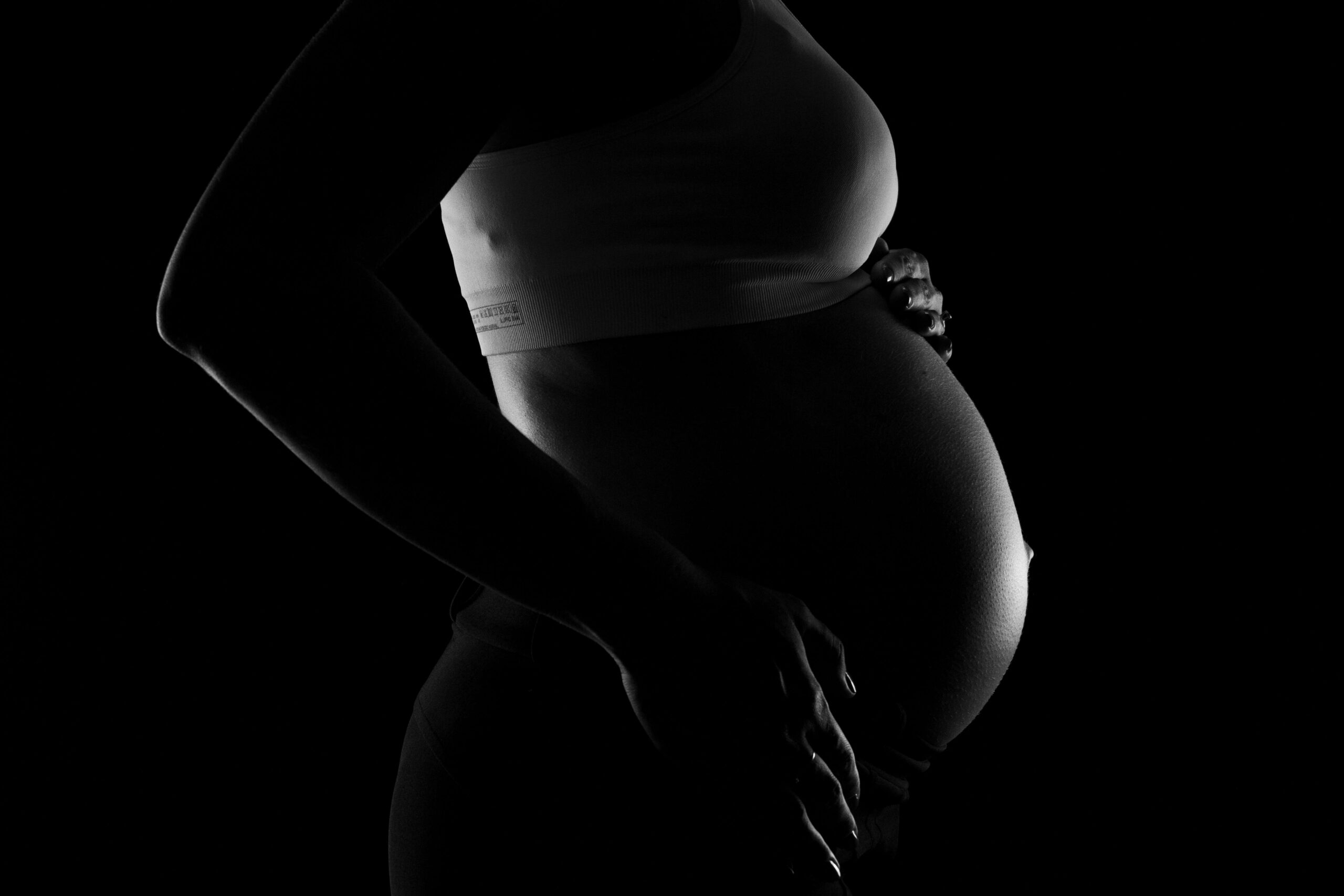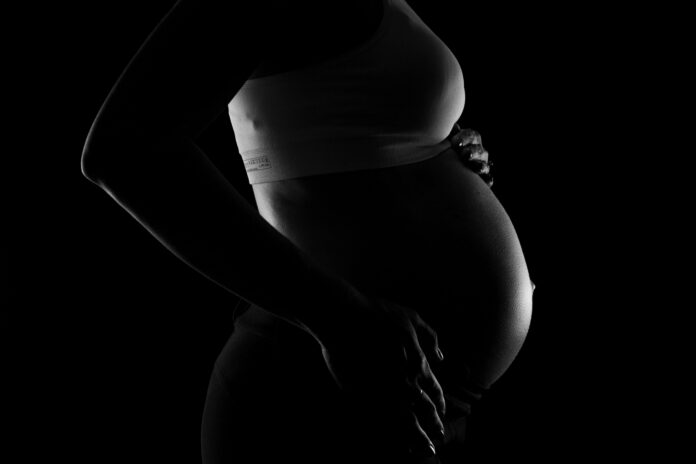By Omboki Monayo
Nairobi, Kenya: *Quinter Atieno, who is 5 months pregnant, has made plans to give birth at her Kayole home in Nairobi’s Eastlands.
“I have contacted a nyamrerwa, who will help me deliver my baby when the time comes, she tells Talk Africa. In Luo culture and tradition, a nyamrerwa is a skilled traditional birth attendant who helps expectant women deliver their babies.
According to the soft-spoken, camera-shy single mother of two, the choice to deliver at home is driven by both cultural and economic factors.
“Hospital deliveries are becoming increasingly expensive, and because I don’t have the Social Health Insurance Fund (SHIF) cover, I cannot afford to visit a health facility for the delivery, says the mother who ekes out a living through odd jobs and part-time hawking. She is confident that the traditional birth attendant will do a good job.
“The lady has helped several other women to deliver, and her reputation is solid. I know she will help me do a safe delivery,” she says.

She is one of the few women in Nairobi who opt for home deliveries. Most women in Kenya are opting to deliver in health facilities as opposed to home deliveries. The Economic Survey report of 2023 reveals an increase in the number of women seeking hospital care, rising to 1,208,846 in 2022 from 1,173,786 in 2021. It also indicates that among the 1,221,444 deliveries registered in 2022, only 12,598 occurred within the community. This marks a decrease from the 26,404 community deliveries documented in 2021 out of a total of 1,200,190 deliveries.
During a recent capacity-building workshop hosted by the World Health Organization (WHO), the United Nations Children’s Fund (UNICEF) and the United States Agency for International Development (USAID), experts emphasized the importance of breastfeeding, attendance of antenatal clinics and facility-based deliveries.
Healthcare professionals, policymakers, and stakeholders drawn from ten countries gathered in Nairobi, Kenya for the workshop held between February 12 and 15, 2024.
The workshop’s primary goal was to enhance the participating countries’ capabilities in effectively implementing the Baby-Friendly Hospital Initiative (BFHI) as a crucial component of maternal and newborn health quality care strategies. The BFHI, a collaborative effort between WHO and UNICEF launched over three decades ago, focuses on safeguarding and promoting breastfeeding and mother-baby bonding. It does so by ensuring that maternity facilities adhere to the Ten Steps to Successful Breastfeeding.
Despite the proven benefits of BFHI implementation, its adoption in Africa lags behind. Across the vast continent, a significant number of women continue to give birth at home, assisted by traditional birth attendants (TBAS).
Currently, the WHO notes that only two out of 42 countries on the continent have more than 50% of births occurring in baby-friendly facilities.
A report entitled A descriptive analysis of the coverage of newborn care services among women who delivered in health facilities in 17 sub-Saharan African countries which was published in the BMC Journal in April 2023, Sub-Saharan Africa (SSA) however indicates a change in the trend, noting that more women are now giving birth in baby-friendly or state-recognized medical facilities.
“Sub-Saharan Africa (SSA) has seen an increase in facility-based births over the years. However, the region has the world’s highest newborn mortality rate (42% in 2019),” reads the report, referring to the data published in the United Nations Inter-Agency Group for Child Mortality Estimation (UN IGME) report entitled Levels & Trends in Child Mortality: 2020 Report.
For this study, Professors Siyuan Wan and Baiming Jin, who work at the Department of Preventive Medicine at Qiqihar Medical University in Heilongjiang, China, worked with other distinguished colleagues to derive the findings published in the report.
Scientists analyzed data from recent Demographic and Health Surveys in 17 sub-Saharan African countries, focusing on 226,706 women aged 15–49 who gave birth within five years prior to the surveys. They studied nine newborn care services, including weighing at birth, early breastfeeding initiation, skin-to-skin contact, temperature measurement, cord examination, counselling on danger signs, breastfeeding guidance, observation, and pre-discharge child health assessment.
The findings revealed that several factors including education, wealth, and attendance of antenatal clinic sessions played a role in the delivery of the babies.
A greater proportion of women with secondary education (87.1%) and those who have never been married (84.3%) delivered in healthcare facilities compared to others. Regarding ANC use, 75.4% of women who used ANC at least once delivered in healthcare facilities, while only 17.8% of non-users did so. Urban residents had a significantly higher delivery rate in healthcare facilities (84.0%) compared to rural residents (65.6%). Women from the wealthiest households also showed a higher healthcare facility delivery rate (93.4%) compared to women from poorer households.
The BHC report identified the non-facility births as a challenge to the efforts made to safeguard babies at birth in the region. This challenge is further compounded by the declining breastfeeding rates worldwide, driven largely by aggressive marketing of infant formula to mothers.
“Even though many pregnant women in SSA give birth in healthcare facilities, some newborns do not always get the care they need to be healthy and live. This is a missed chance to improve newborn health and survival around the time of birth,” it stated.
During the workshop, policymakers shared insights on overcoming barriers and sustaining momentum in BFHI implementation. Participants deepened their understanding of the Ten Steps to Successful Breastfeeding taught to mothers in health facilities and explored strategies for its integration into the health system to enhance the quality of care.
The event also served as a platform for experience-sharing, best practice dissemination, and partnership forging for collective action in BFHI implementation across the 47 countries that make up the WHO AFRO region.
Christiane Rudert, Regional Advisor for UNICEF Eastern and Southern Africa, highlighted the critical role of such capacity-building workshops in equipping healthcare practitioners and stakeholders to provide crucial support to infants and mothers, particularly from vulnerable communities. Rudert emphasized, “Breastfeeding makes a world of difference to both mother and child.”
At the workshop’s conclusion, participating countries developed action plans and made bold commitments to drive BFHI implementation at national and subnational levels, with a focus on monitoring and evaluation to track progress and impact.
Laura Ahumuza, Senior Nutritionist and Coordinator of Maternal, Infant and Young Child and Adolescent Nutrition at Uganda’s Ministry of Health, highlighted Uganda’s commitment to integrating BFHI implementation within the health sector. Similarly, Olivia Timpo from Ghana outlined plans to embrace new approaches and ensure health worker competencies in sustaining breastfeeding.
“We also want to engage stakeholders and use the facilitation of processes to inspire quality and breastfeeding indicators,” she said.
Dr. Abdourahmane Diallo, who is the WHO Representative in Kenya, hailed the workshop as a significant stride in advancing maternal and child health outcomes in Africa. He remarked, “This capacity-building workshop represents a significant milestone in our collective efforts to advance maternal and child health outcomes in Africa.”
Dr. Diallo emphasized that by strengthening healthcare professionals’ capacity to promote breastfeeding and implement BFHI, “WHO and Partners are laying a solid foundation for improving newborn survival, reducing childhood morbidity and mortality, and achieving sustainable development goals.”
omboki2725@gmail.com














